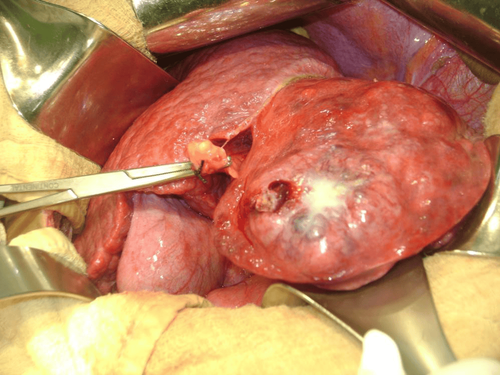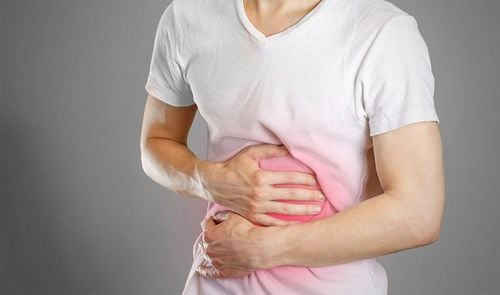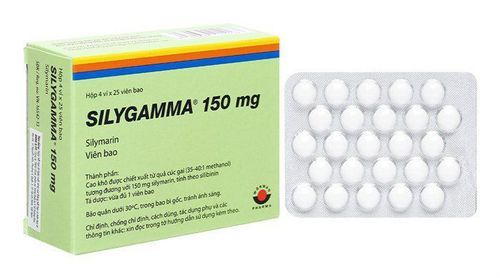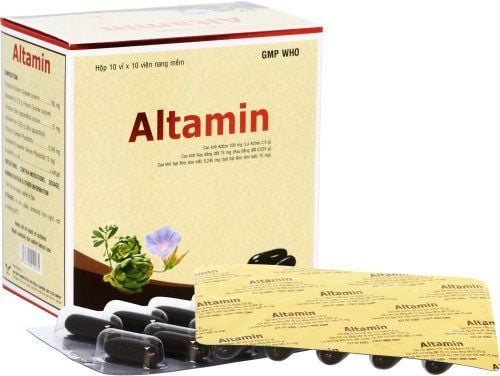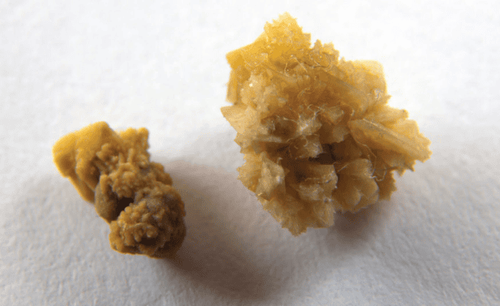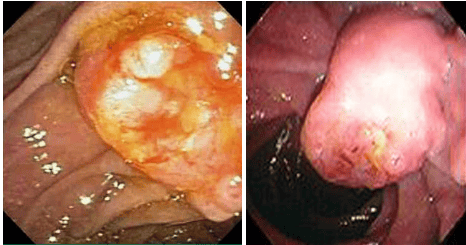This is an automatically translated article.
The article is professionally consulted by Master. BSCK II Phan Thi Minh Huong - Gastroenterologist - Department of Medical Examination & Internal Medicine - Vinmec Da Nang International General Hospital.Jaundice is a yellow tint to the skin, often accompanied by yellowing of the mucous membranes and conjunctiva of the eyes. This is a characteristic manifestation of hepatobiliary diseases, of which the most common is jaundice due to biliary obstruction. In some cases, obstructive jaundice can be fatal and cannot be ignored.
1. What is obstructive jaundice?
Obstructive jaundice is a condition caused by a blockage in the flow of bile out of the liver. This leads to excess bile and its by-products being diverted into the bloodstream and inadequate excretion of bile from the body.Bile contains many by-products, one of which is bilirubin, pigmented from the origin of dead red blood cells. The yellow bilirubin results in the characteristic yellow appearance of jaundice in the skin, eyes and mucous membranes.
Trắc nghiệm: Làm thế nào để bảo vệ lá gan khỏe mạnh?
Làm test trắc nghiệm kiểm tra hiểu biết về gan có thể giúp bạn nhận thức rõ vai trò quan trọng của gan, từ đó có các biện pháp bảo vệ gan để phòng ngừa bệnh tật.2. Causes of obstructive jaundice
2.1 Obstructive jaundice in adults Obstructive jaundice occurs when the main flow of bile to the intestines is blocked and bile collects in the blood. This problem can be caused by a blocked bile duct with stones or a tumor of the bile duct blocking the area where the bile duct enters the duodenum. Tumors can be cancerous.Often cholangiocarcinoma causes jaundice, the clinical manifestation of which is a hard and painless liver.
2.2 Obstructive jaundice in children Bile duct worms : Mild jaundice symptoms, diagnosis is mainly based on pain, severe pain in the right lower quadrant and below the sternum. When the pain is lying on the buttocks, examine the pain point next to the sternum, the common bile duct cyst: Characterized by episodes of right lower quadrant abdominal pain, fever, malaria, and jaundice. 2.3 Obstructive jaundice in neonates Congenital biliary atresia (may be partial or complete atrophy of the extrahepatic biliary tract). Diagnosis is based on persistent jaundice with increasing discolouration of stools, yellow urine, and hepatomegaly with cholestasis.
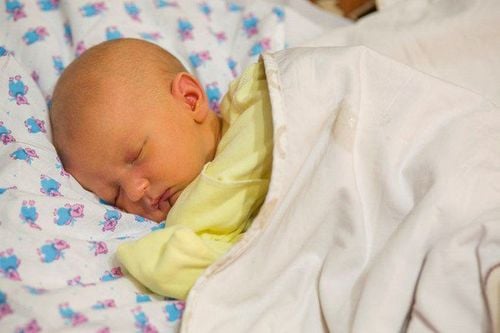
Teo đường mật bẩm sinh là nguyên nhân gây vàng da tắc mật ở trẻ sơ sinh
3. Symptoms of obstructive jaundice
Cholestatic jaundice has some symptoms such as :3.1 Jaundice of varying degrees from mild yellowing of the sclera of the eye to dark yellowing of the skin or darkening of the skin . The longer the cholestasis, the more dark or pigmented spots are.
3.2 Right upper quadrant pain Usually colic pain is an important factor in the diagnosis of gallstone obstruction
In the typical case it can immediately suggest the diagnosis, but sometimes the pain is not severe enough to cause pain. Patients pay little attention.
Liver cramps and malarial tremors are typical symptoms of gallstones, but it is also possible that both are present in hepatitis.
In biliary obstruction due to gallstones, there is usually a certain sequence: liver cramps followed by malarial tremors, then 1 or 2 days later, jaundice appears.
However, in hepatitis, the disease usually begins with fever, then a few days or a week before the appearance of cholestatic jaundice. Patients only see more or less in the right lower quadrant, sometimes right after the onset of fever, but sometimes after the appearance of cholestatic jaundice.
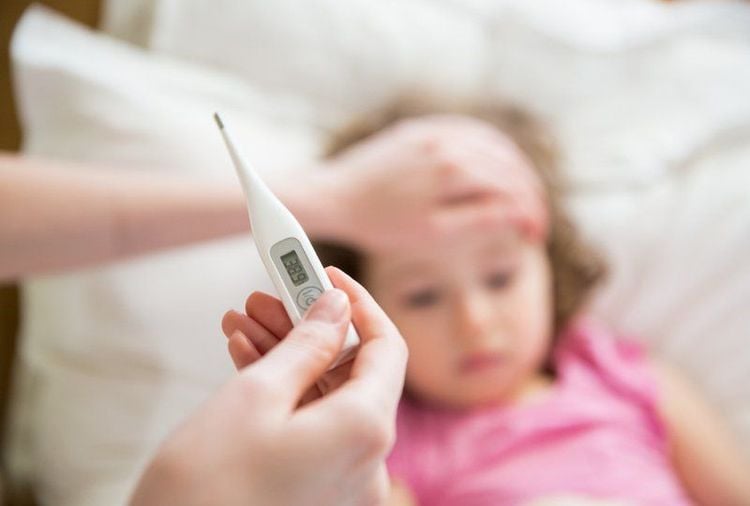
Mức độ và tính chất sốt khác nhau tùy theo các nguyên nhân gây vàng da
3.4 Itching Due to increased bile acids in the blood stimulate the nerve endings under the skin.
3.5 Dark urine Depending on the degree of jaundice, the urine is more or less dark. Dark urine due to bilirubin in the urine. Urine may be dark red like lime water and be foamy.
3.6 Discolored stools ranging from paler-than-normal stools to white or stork-like stools. This is a typical symptom of cholestatic jaundice.
Normally in 100g of stool there is 100mg of stercobiline. In case of cholestasis stercobiline is greatly reduced. Thus, the color of stool and urine in cholestasis is opposite.
3.7 Digestive disorders Patients may experience steatorrhea due to undigested fat.
3.8 Hemorrhage In many forms and locations but most often as petechiae under the skin or bleeding from scratches. In severe cases, gastrointestinal bleeding, nosebleeds, hemoptysis may occur.... Bleeding is rare except for subcutaneous hemorrhages at the scratch. In addition, in the case of cholestasis to the stage of cirrhosis, we may experience symptoms in cirrhosis such as: edema, splenomegaly, collateral circulation in the abdomen.
Doctor Huong has over 30 years of experience in the field of Gastroenterology in which with nearly 20 years holding the position of Deputy Department, Head of Department of Hue Central Hospital. Currently, he is a Doctor of Gastroenterology - Gastrointestinal Endoscopy - General Internal Medicine Department of Vinmec Da Nang International General Hospital.
Please dial HOTLINE for more information or register for an appointment HERE. Download MyVinmec app to make appointments faster and to manage your bookings easily.




